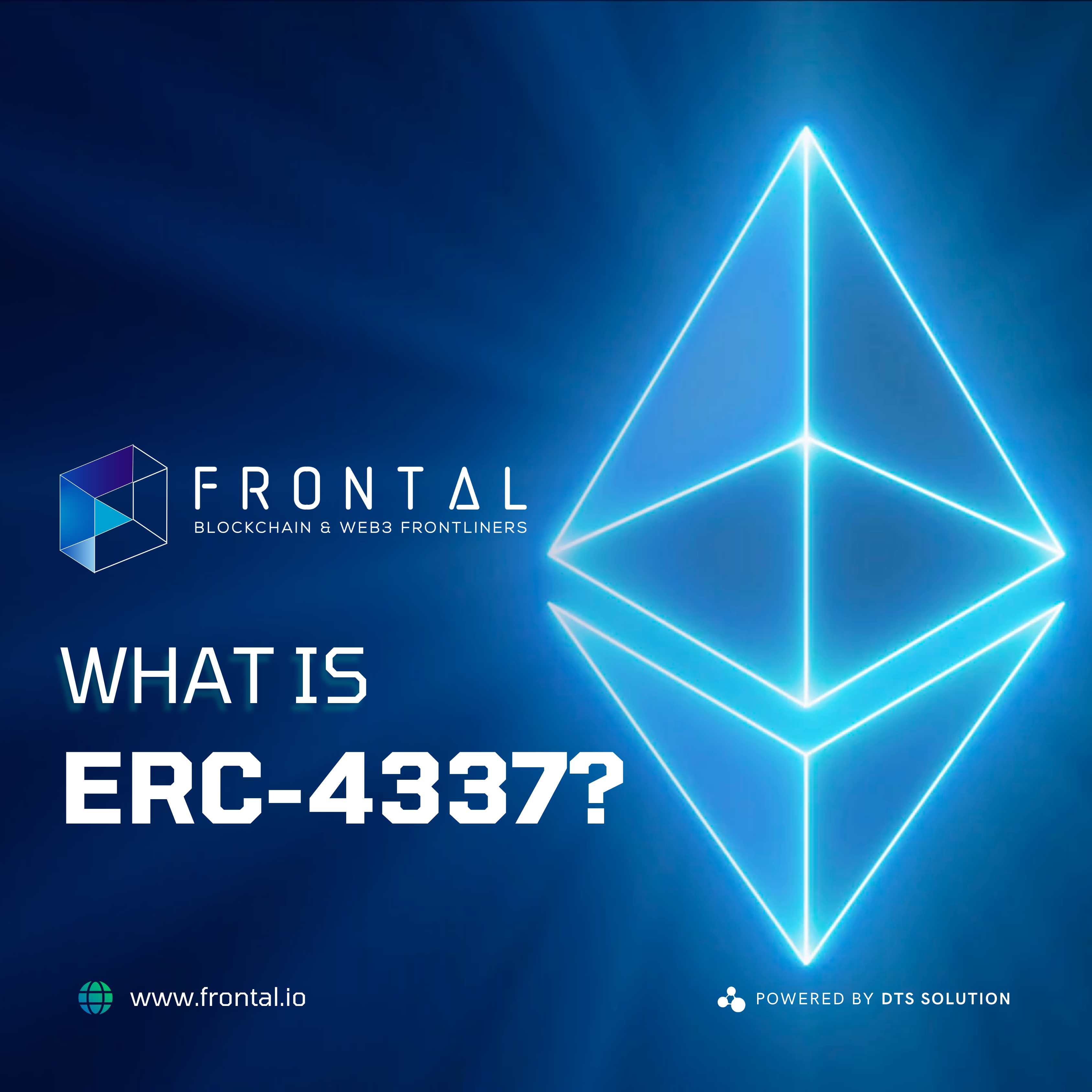Introduction to ERC-4337
ERC-4337 is an Ethereum Request for Comments (ERC) that aims to enable Account Abstraction on EVM-compatible blockchains. The goal of ERC-4337 is to improve the usability of blockchain and unlock new applications of smart contracts without requiring changes to the underlying Ethereum protocol.
Why Was ERC-4337 Created?
Currently, most accounts on the Ethereum blockchain are Externally Owned Accounts (EOAs) controlled through public and private cryptographic keys. This method of verification poses security risks, as users may lose access to their account if their private key is lost or stolen. Additionally, managing and securing private keys decreases the usability of blockchain and cryptocurrency.
ERC-4337 enables verification to be performed through programmable smart contracts instead of relying on private keys. This allows for new possibilities such as multi-signatures, multi-factor authentication, social recovery, and upgradeability.
How Does ERC-4337 Work?
ERC-4337 adds a level of abstraction to the Ethereum protocol, allowing users to perform transactions without requiring them to originate from an EOA. Under ERC-4337, a user creates a UserOperation that encodes their intent and verification data. The UserOperation is then sent to a Bundler that bundles many UserOperations into a single transaction. The Bundler, which is an EOA, initiates an Ethereum transaction and pays for the gas. The transaction triggers a wallet smart contract, which validates the user’s identity and executes the UserOperations included in the bundle.
Benefits of ERC-4337
ERC-4337 implements account abstraction without requiring changes to the underlying Ethereum protocol. This enables flexible validation methods, decentralization, quantum safety, and improved usability.
By enabling verification to be performed through programmable smart contracts, ERC-4337 unlocks new possibilities for multi-signatures, multi-factor authentication, social recovery, and upgradeability.
The Impact of ERC-4337
ERC-4337 has the potential to expand the user base of the Ethereum blockchain and introduce new forms of user verification. While there are concerns about DoS attacks, the benefits of stronger verification methods outweigh the risks.
Currently, ERC-4337 is still in its early stages of implementation. As the technology matures and blockchain developers start making use of it, its potential impacts on the Ethereum ecosystem will become more apparent.


